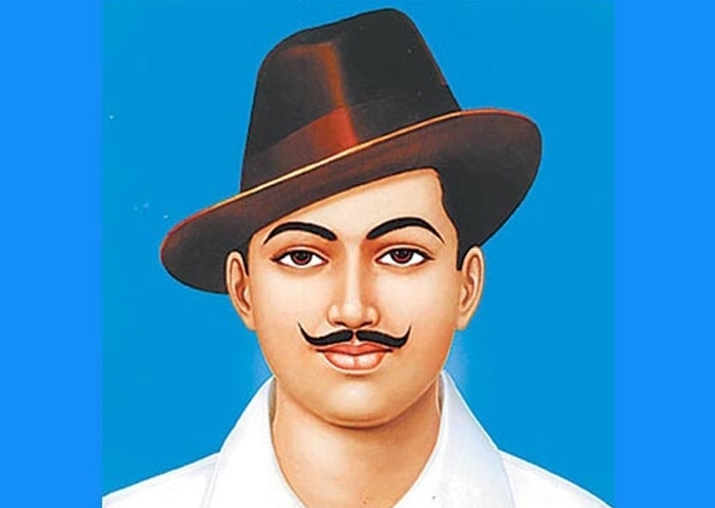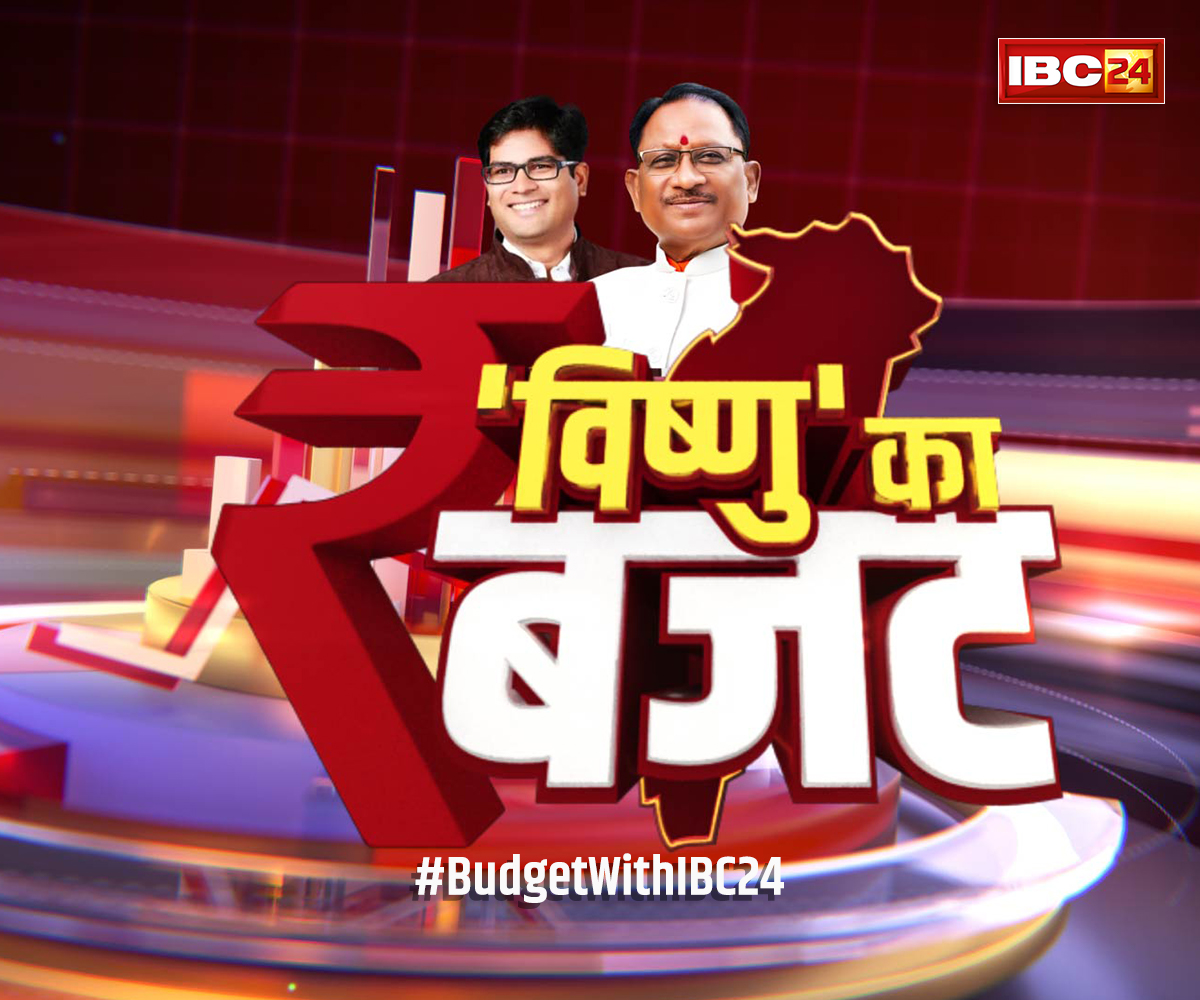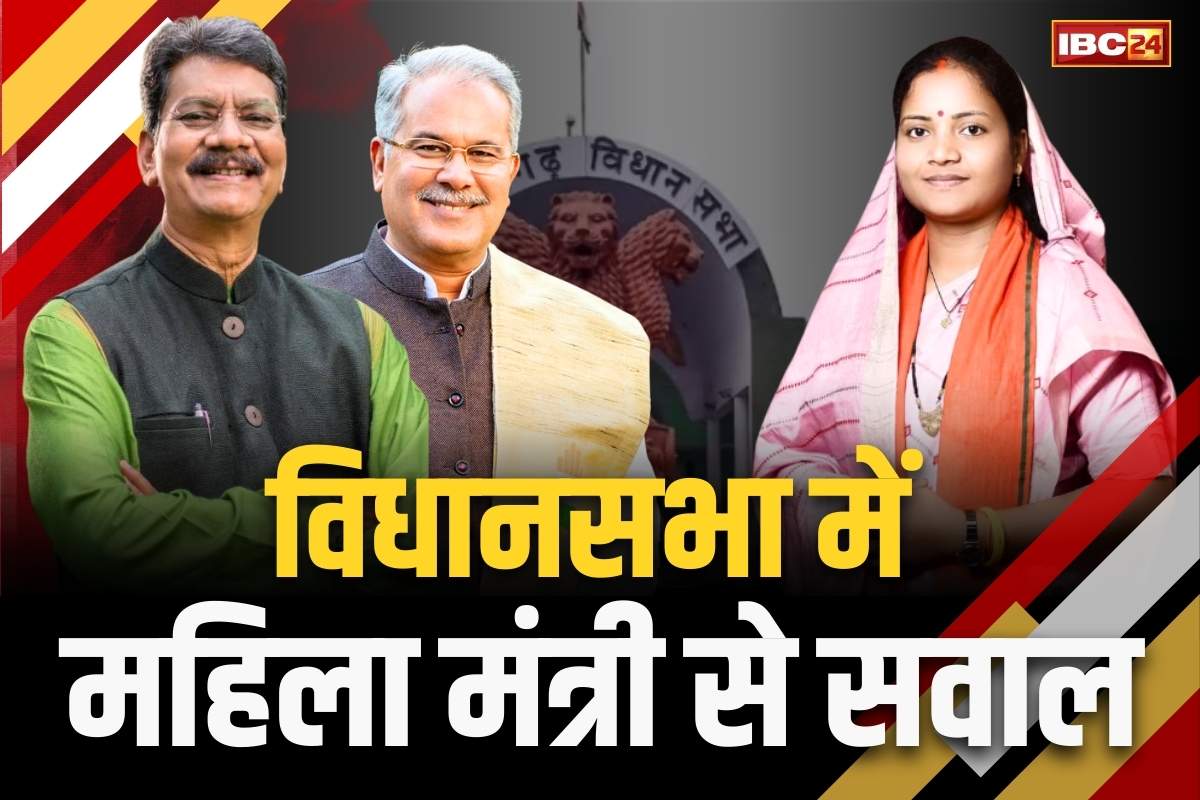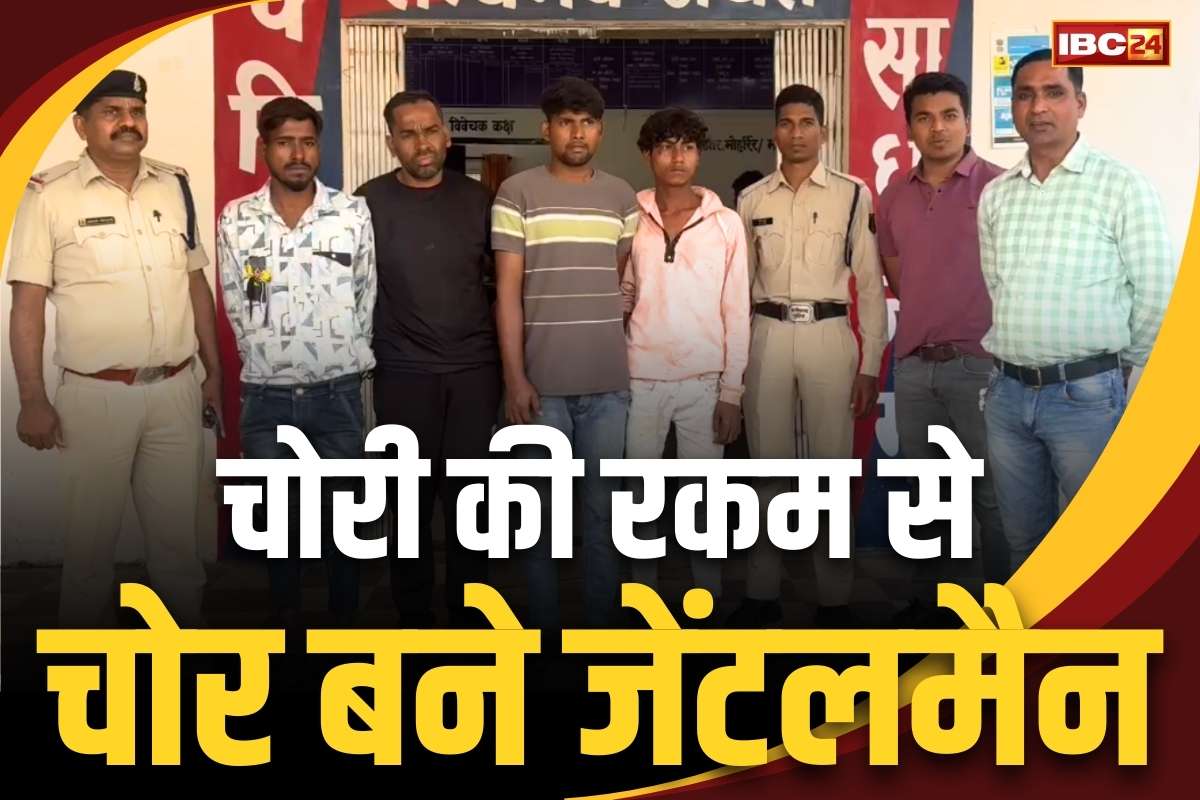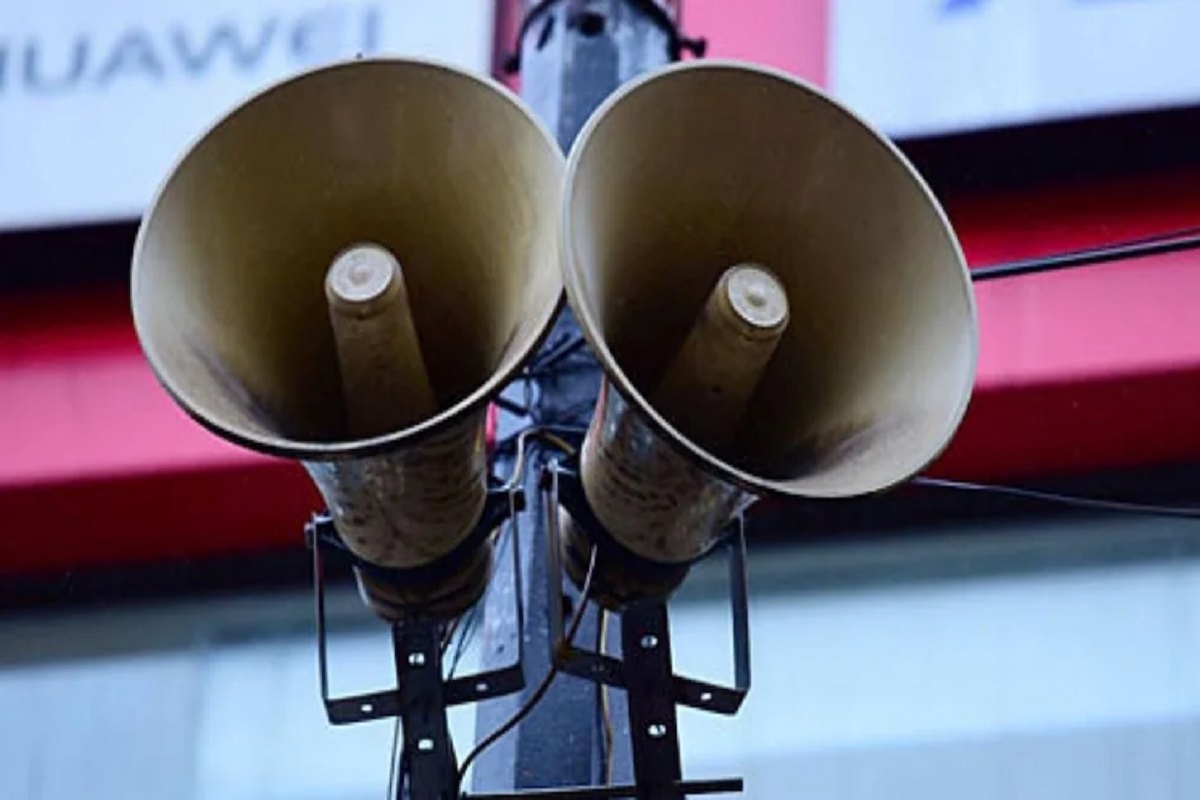Bhagat Singh stands as a preeminent figure among the influential leaders of the Indian Independence movement. He is commonly acknowledged as ‘Shaheed’ Bhagat Singh, with the term ‘Shaheed’ denoting a martyr. Post the Assembly Bombing, he articulated, “For the deaf to perceive, the resonance must be resoundingly loud. Our intent in detonating the bomb was not to claim lives, but to assail the British Government. The British must withdraw from India, granting it liberation.” This quote encapsulates his perspective.
Bhagat Singh Biography
Bhagat Singh emerges as a pivotal figure within the Indian Nationalist Movement. Born on September 28, 1907, in Banga, Lyallpur District (present-day Pakistan), to Kishan Singh and Vidyavati, he entered a world marked by revolutionary fervor. Notably, his birth coincided with a time of family strife, as his uncles Ajit and Swaran Singh, along with his father Kishan Singh, were incarcerated due to their opposition against the 1906 Colonization Bill. Nurtured in a politically conscious environment where his family ardently supported the Ghadar Party, young Bhagat Singh’s fervent patriotism took root and blossomed.
Bhagat Singh Revolutionary Activities
Bhagat Singh’s initial actions primarily revolved around composing critical articles aimed at the British government and producing and circulating pamphlets that outlined the principles of a forceful uprising aimed at toppling the government. In response to the arrival of the Simon Commission, Lala Lajpat Rai spearheaded a united procession involving various political parties, marching towards the Lahore train station on October 30, 1928.
As the protesters advanced, the police employed a brutal lathi charge to halt their progress. Regrettably, the revolutionaries failed to correctly identify J.P. Saunders, who held the position of Assistant Superintendent of Police; they mistook him for a Scotsman and inadvertently took his life. In a bid to evade capture, Bhagat Singh promptly departed from Lahore. In a significant departure from Sikhism’s core tenets, he resorted to shaving his beard and cutting his hair to prevent recognition.
Central Assembly Bombing Case
On April 8, 1929, Bhagat Singh and Batukeshwar Dutt orchestrated an explosion within Delhi’s Central Assembly, carried out from the Visitors’ Gallery. Simultaneously, they displayed banners promoting the cause of revolution and disseminated leaflets. With the intent of using their trial as a platform to advocate for their message of revolution and anti-imperialism, both revolutionaries willingly surrendered themselves for arrest. Their apprehension was accompanied by the resounding chants of “Inquilab Zindabad” or “Long Live the Revolution,” a rallying cry that resonated deeply among the youth and numerous freedom fighters.
Their intention was never to inflict physical harm, thus the incident resulted in no casualties. Their stated objective was to awaken the oblivious. The mastermind behind this act, Bhagat Singh, drew inspiration from Auguste Valliant, a French anarchist who had been executed in Paris for a similar act. Following their conviction in the trial related to the incident, both Singh and Dutt were sentenced to life imprisonment.
Around this time, Bhagat Singh found himself linked to the JP Saunders murder case as well. He, along with Rajguru and Sukhdev, faced charges in connection with Saunders’ assassination.
Bhagat Singh: 1929 Assembly Incident Trial
The forceful demonstration faced severe criticism within the political sphere. In response, Singh articulated, “Force, when employed violently, constitutes ‘violence’ and thus lacks moral justification. However, when harnessed to uphold a just cause, it gains ethical legitimacy.” Trial proceedings were initiated in May, during which Singh endeavored to advocate for himself, while Batukeshwar Dutt was represented by Afsar Ali. The court’s verdict in favor of a life sentence pointed to the malicious and unlawful intent behind the explosions.
Hunger Strike by Bhagat Singh
Upon being transferred from the Delhi jail to Central Jail Mianwali, Bhagat Singh bore witness to the stark disparity in treatment between Indian and European inmates. Identifying himself as a political detainee, he initiated a hunger strike on behalf of his fellow Indian political prisoners. His motivation stemmed from the belief that these prisoners were being subjected to treatment akin to ordinary criminals. Their demands encompassed access to reading material and a daily newspaper, alongside parity in food quality, clothing, toiletries, and essential hygiene provisions. A central contention was that they ought not to be compelled into manual labor or subjected to any form of dehumanizing tasks during their confinement.
Bhagat Singh Thoughts & Opinions
Bhagat Singh’s fervent patriotism was ingrained within him from a tender age. His upbringing instilled in him a deep reverence for nationalism, fostering a profound yearning for an autonomous India liberated from British dominion. Immersed in European literature, he embraced a socialist perspective and nurtured a fervent aspiration for a democratic future for his cherished homeland. Although born a Sikh, the recurrent Hindu-Muslim clashes and religious tumult led him toward atheism.
In Bhagat Singh’s view, achieving the invaluable goal of Independence necessitated the complete eradication of imperialism’s exploitative aspects. He firmly believed that only an armed revolution on par with the Bolshevik Revolution in Russia could usher in such a transformative change. It was he who coined the phrase “Inquilab Zindabad” (Long Live the Revolution), which eventually evolved into the rallying cry for the Indian independence movement.
Bhagat Singh Death
At 7:30 in the morning on March 23, 1931, Bhagat Singh, along with his comrades Rajguru and Sukhdev, faced the gallows at Lahore Jail. Reportedly, they fervently chanted their cherished slogans, including “Inquilab Zindabad” (Long Live the Revolution) and “Down with British Imperialism,” as they walked resolutely to the place of execution, located by the banks of the Sutlej River.





 Download App
Download App
